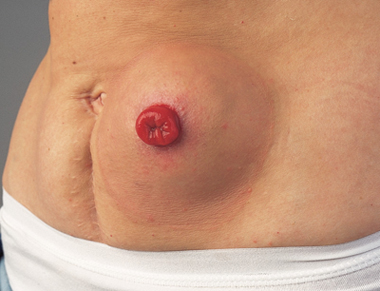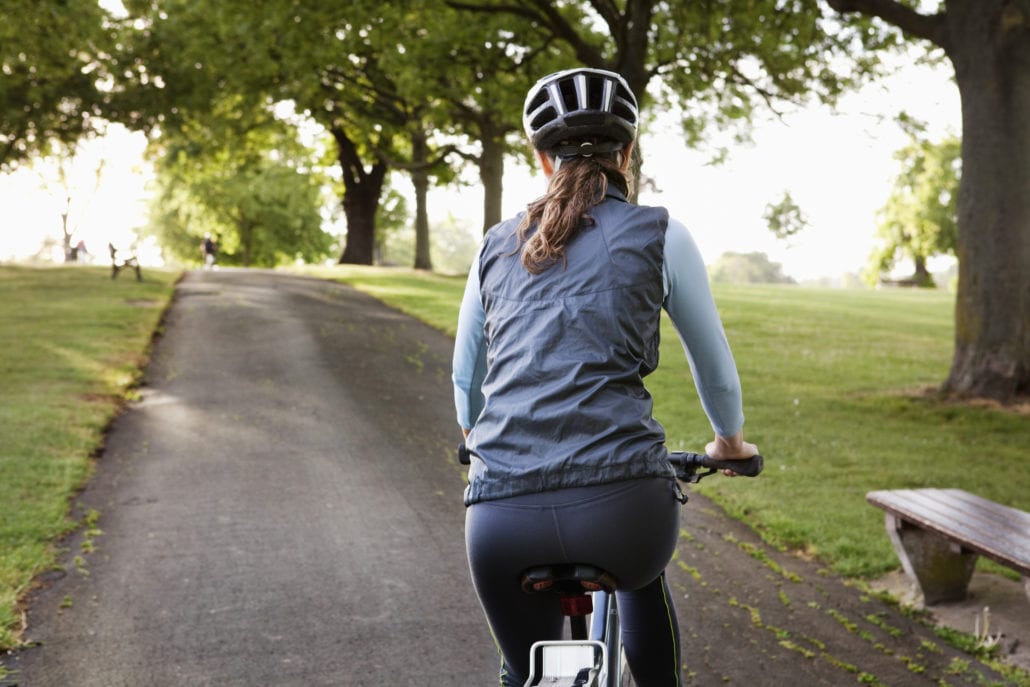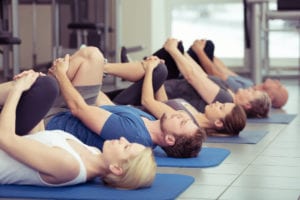Actress, model, businesswoman, and cancer survivor LeeAnne Hayden shares diet and fitness tips that can help you live your best life with an ostomy.
Learn simple lifestyle changes you can make to improve your health and wellness.
Living a healthy lifestyle. We all know we should be doing it, but sometimes it’s not so easy – especially after having ostomy surgery. When it comes to eating and exercise, we’re worried about the possibility of blockages and hernias. I get a lot of questions about those issues.
I have had my colostomy for over six years now, and after doing a lot of testing of what my body can and can’t tolerate, I feel great. Regardless of any concerns you may be experiencing, it is so important to live a healthy lifestyle. When we feed our bodies the right foods and move our bodies with exercise, over time we will see, and more importantly FEEL, the positive results.
6 Tips for Healthy Eating With an Ostomy
So, what do we do? Our Moms always said, “Eat those vegetables and have an apple!” However, most of us must watch our fruit and vegetable intake so that we avoid intestinal blockages. Here are six tips that can help you eat well and safely:
- Cook your fruits and vegetables. When foods are cooked, they are easier for the body to break down. Try sautéing, baking, or even air frying your favorite fruits and vegetables. I am constantly sautéing spinach, red peppers, onions, and mushrooms, and then tossing in some lean protein and jasmine rice or sweet potatoes to complete the meal.
- Blend your fruits and vegetables. After every workout I have a protein smoothie. I combine one cup of unsweetened almond milk with one scoop of vanilla whey protein, a handful of spinach, a half of a banana, and one tablespoon of peanut butter.
- Chop your salads. The smaller the pieces, the easier they are to digest. I’ve been loving the bags of pre-chopped salad that are in grocery stores now.
- Take a digestive enzyme after a meal. These supplements can help your system break down vegetables and fruits even more.
- Chew slowly. Our lives are so busy that when we sit down to eat, we often don’t take our time. Slow down at the table and chew your food more. This will help you digest it better.
- Keep a food log. Writing down what you ate and how it made you feel will help you make better choices.
Be sure to check with a dietitian about what foods you can safely eat. For example, mushrooms can cause intestinal blockages for some people living with an ileostomy.
3 Tips for Exercising Your Core After Ostomy Surgery
When you have an ostomy, working on your core is important. It can be scary prospect, however, since the fear of getting a hernia is a real thing. So, always check with your doctor before starting any fitness program.
Core exercise is great for improving pelvic floor strength, posture, and balance. It also can help prevent ostomy bag leaks because the flange will fit better on your peristomal skin.
Here are three gentle core movements that you can do to help strengthen your core:
- Standing single knee lift. Stand with your feet hips-length apart, and your hands on your waist or down by your side. Tense your abdominal muscles and lift one knee. Do as many as you can or three sets of 10 to 20 on one side before moving to the other side.
- Holding a plank position. Planks put less strain on your spine and hip flexors than abdominal crunches or sit-ups. A beginner version can be done against a piece of furniture (e.g., a chair or a low table). Place your forearms on the furniture, keep your back flat, don’t sag into your forearms, keep your core tight, and hold that position for 15 to 30 seconds. The further away your legs are from the furniture the more activated the core will become. Advanced options are done on the floor. Put your hands directly under your shoulders, grind your toes into the floor, and tighten your gluteal and core muscles. Neutralize your neck and spine by looking at a place on the floor about a foot beyond your hands. Hold this position from 20 seconds to two minutes.
- Stomach crunches. Lie on your back with your knees bent to a 90-degree angle and your feet on the floor. Make sure your back is flat. Squeeze in your abdominal muscles and bring your head to your knees. Your glutes will try to play too, but don’t let them. Focus solely on your abs, hold for three to five seconds, and then release. Do three sets of 10 to 20.
I hope these wellness tips have been helpful to you! Share with us on social media your favorite fruit and vegetable recipes, and what you think of these moves!
To learn more about LeeAnne Hayden, listen to The Beautiful Bag podcast, visit leeannhayden.com, or follow @leeannehayden on Instagram, Facebook, and YouTube.
People who provided testimonials received compensation from Hollister Incorporated. The testimonials, statements, and opinions presented are applicable to the people depicted. These testimonials are representative of their experience, but the exact results and experience will be unique and individual to each person.
Editor’s note: This article is from Hollister Incorporated, a digital sponsor in support of the free online resources of ostomy.org and UOAA, a 501(c)(3) nonprofit organization.

 intestine and the weak spot is in the same area the surgeon created your stoma.
intestine and the weak spot is in the same area the surgeon created your stoma.




